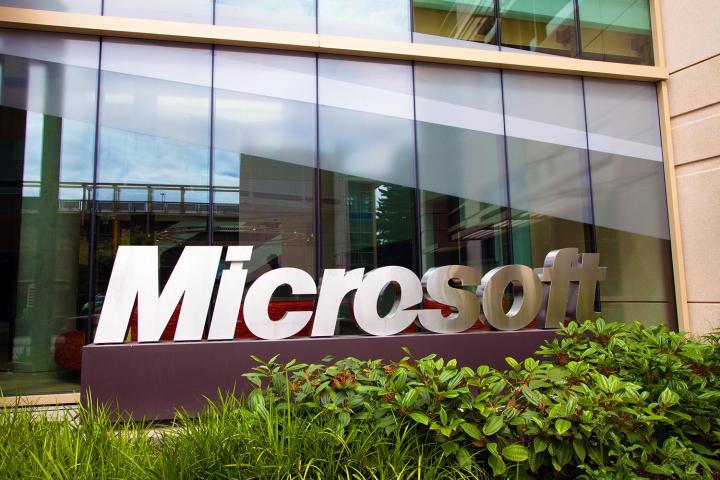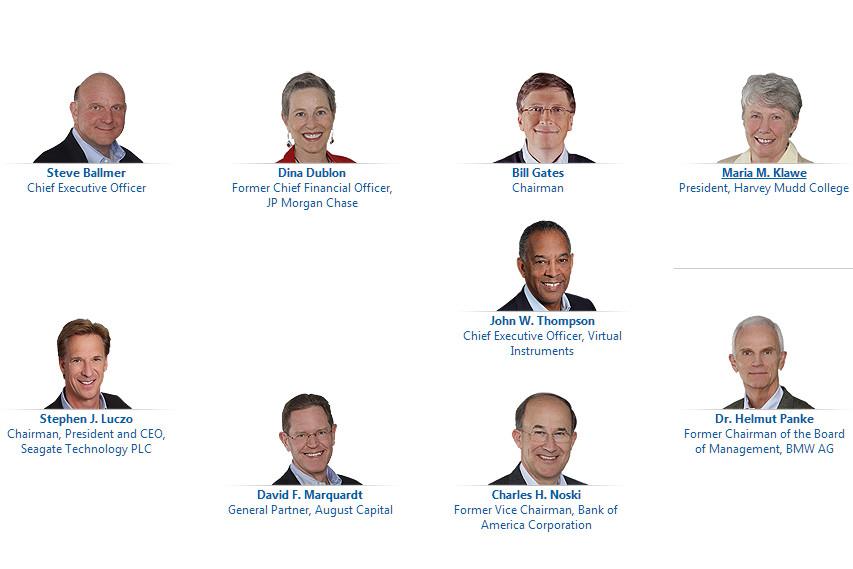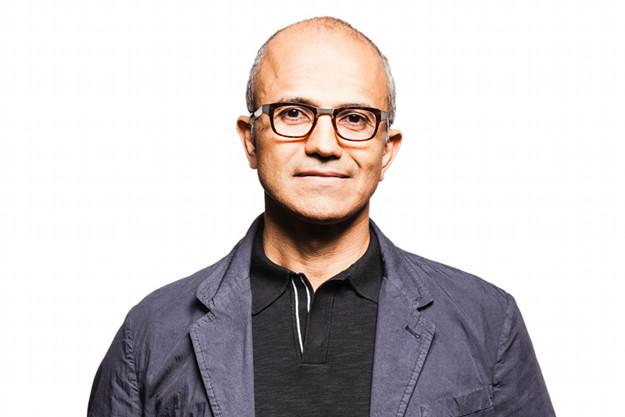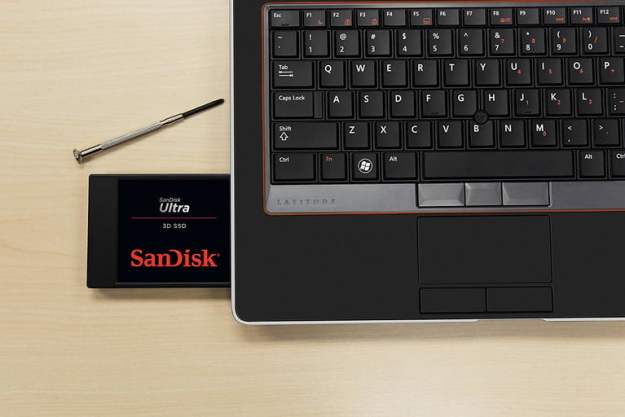
Friday’s news from Microsoft announcing Steve Ballmer’s retirement as CEO was certainly a whopper. A Ballmer-less Microsoft is hard to believe, if for no other reason than the CEO’s strange force of personality. No matter the pitfall or setback, he has always responded with determination, leaving us to wonder if anything short of the apocalypse could oust him.
Then, out of nowhere, he goes and announces his plans to step down as CEO within the next 12 months. While Ballmer may not have earned as much respect as Bill Gates, his 13-year tenure is impressive, his departure leaves a massive power vacuum and will force Microsoft to find a new face for the company. Is this a good omen, or is the captain abandoning his sinking ship?
Ballmer’s troubled legacy
News of the departure saw an immediate positive response from Wall Street, spurring Microsoft’s stock to rise 9 percent in pre-market trading before leveling out around a 6 percent gain in the morning. Though stockholders should hardly be considered tech gurus, their response sends an obvious message: they didn’t like Steve Ballmer.
Let’s address the obvious rumor first: Bill Gates is not going to return.
And who can blame them? Named CEO in 2000, Ballmer shared power with Bill Gates until 2008 when Gates finally stepped entirely out of day-to-day operations. Microsoft’s existence since then has been difficult, to say the least. Besides missing out on both smartphones and tablets, the company failed to make progress with Zune before the MP3 market died out, botched the transition to touch with Windows 8, mangled the messaging of the Xbox One, and struggled to become the dominant player in cloud services. Perhaps the only thing that went well was the launch of Windows 7, a project already well underway before Gates left the building.
Determining the exact reason why Ballmer so thoroughly stumbled is difficult. He’s a tight-lipped leader, and when he does speak out, though famous for his outbursts of enthusiasm at company keynotes, his words are sometimes hard to follow and seem out of touch with the industry. Perhaps the problem is a simple lack of direction. He knows how to promote and sell Microsoft products, but that’s a lot different from leading the development of new ones.
Why now?
The list of botched projects under Ballmer’s reign is large, yet such issues are nothing new. Having had full control for six of his 13 years as CEO, Ballmer’s attitude and capabilities shouldn’t have proven a surprise to Microsoft’s board. Fans of Microsoft products adopted a sort of embittered attitude years ago as they realized Microsoft’s unwillingness to respond to criticism. Is everyone on the board oblivious to the company’s woes?
Is this a good omen, or is the captain abandoning his sinking ship?
Maybe. Bill Gates sits on the board as chairman and undoubtedly greatly sways its opinions, which makes his recent comments worrying. As recently as May of this year, Gates said that iPad and Android users are frustrated because they “can’t type, can’t create documents, they don’t have Office there.” There’s every reason to think Gates doesn’t understand why tablets have caught on, and there’s on question that his say has a huge influence on Microsoft’s board of directors.
Besides Gates, the board also includes Ballmer himself, the heads and former heads of several banks and capital groups, the president and CEO of hardware manufacturer Seagate, the CEO of Virtual Instruments, and a college president. This is not the kind of crew that’s going to turn the ship around and sail for new waters, so while the board may understand Microsoft has its share of challenge, they also probably take comfort in the company’s consistent profitability and see no reason to take risks.

Ballmer stated in an interview with ZDNet that leaving was his own decision, and there’s little reason to doubt what he says. Later in the same interview, he goes on to state “we have kicked off…a new wave.” In other words, Microsoft’s reorganization is part of a new leadership paradigm. Ballmer helped put together the company’s new structure, but that structure may not have been designed to have him at the head. In a sense, he seems to be working on his legacy; if the restructure works, some of the criticism directed at him might be relieved.
Who might be next?
The exciting news is not Ballmer’s retirement, but that Microsoft will have a new CEO in 12 months or less. Whoever steps into the position will be faced with an immense challenge, but will also have at his or her disposal a massively profitable corporation with impressive R&D resources. The right person could turn the company back into a force to be reckoned with.
On paper, Microsoft seems to be filled with strong choices for a replacement.
Let’s address the obvious rumor first: Bill Gates is not going to return. He is very involved in his charity and even blasted Google in a recent interview, saying the company’s efforts to bring Wi-Fi to the third world “are not going to uplift the poor.” Gates retired because he felt a different calling, and whatever influence he desires can be exercised through his role as chairman of Microsoft’s board.
Julie Larson-Green, current Executive Vice President and head of Devices and Studios, could be a good pick. She campaigned for the ribbon interface that made its way to Office 2007 and lead planning for Windows 7, giving her an excellent recent track record. Larson-Green also has a background in programming, holds a Master’s degree in software engineering, and started at Microsoft by helping with development of Visual C++.
Another strong candidate is Satya Nadella, Executive Vice President and leader of the Cloud and Enterprise group. Cloud services are very important to Microsoft’s long-term success, and Nadella, like Larson-Green, has plenty of real-world experience to back up his management credentials. The Wall Street Journal says Ballmer may be pointing at Nadella as his chosen successor.
While this pair has the strongest credentials and share long ties with Microsoft, all of the company’s Executive Vice Presidents have extensive experience, making them potential (if less likely) candidates. And there’s the possibility of new blood coming to the business. Choosing a new CEO from outside the company would seem out of character for Microsoft’s conservative board, but a convincing personality gunning for the top spot might be able to argue an outsider’s perspective is needed.
The future just became brighter
Business Insider’s Jay Yarow, in a contrarian take on Ballmer’s departure, stated “Before investors get too excited however, they should realize that Microsoft’s board isn’t changing.” In other words, replacing the CEO may not matter if the same board is in charge of selecting a new candidate.
The exciting news is not Ballmer’s retirement, but that Microsoft will have a new CEO in 12 months or less.
Yarow has a point, but I think he underestimates the talent currently inside Microsoft. Ballmer always felt like a strange choice because, while he’d been with the company for decades, he lacked any engineering expertise. Both top choices within the company, Larson-Green and Nadella, do not share that flaw.
Even a somewhat less experienced pick, like Terry Myerson, current head of Operating Systems, and former head of Windows Phone, is more familiar with managing a team of engineers. How a person will perform as CEO is hard to predict before he or she steps into that role. On paper, Microsoft seems to be filled with strong choices.
There is always the possibility that Microsoft’s board will botch the job entirely and pick someone else with credentials that lean towards sales rather than engineering. But Gates, who will have substantial say in choosing a successor, probably won’t let the board make the same mistake twice.
(Image Credit: Jesus Gorrti/Wikimedia Commons)
Editors' Recommendations
- The most common Windows 11 problems and how to fix them
- How Intel and Microsoft are teaming up to take on Apple
- Update Windows now — Microsoft just fixed several dangerous exploits
- Surface Pro 8 problems and how to fix them
- Hey, Bingo? Steve Ballmer nearly changed Cortana’s name in last act at Microsoft





